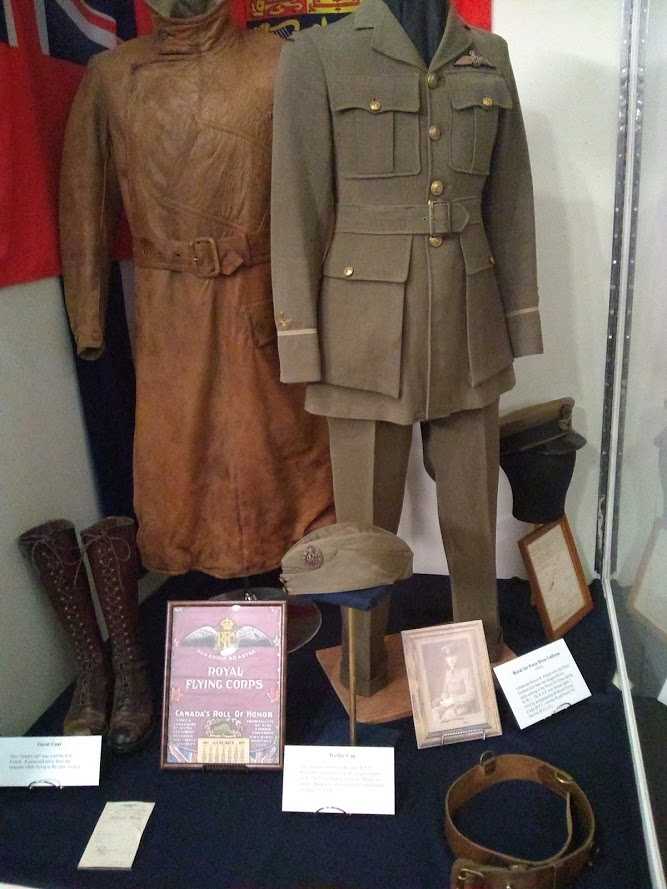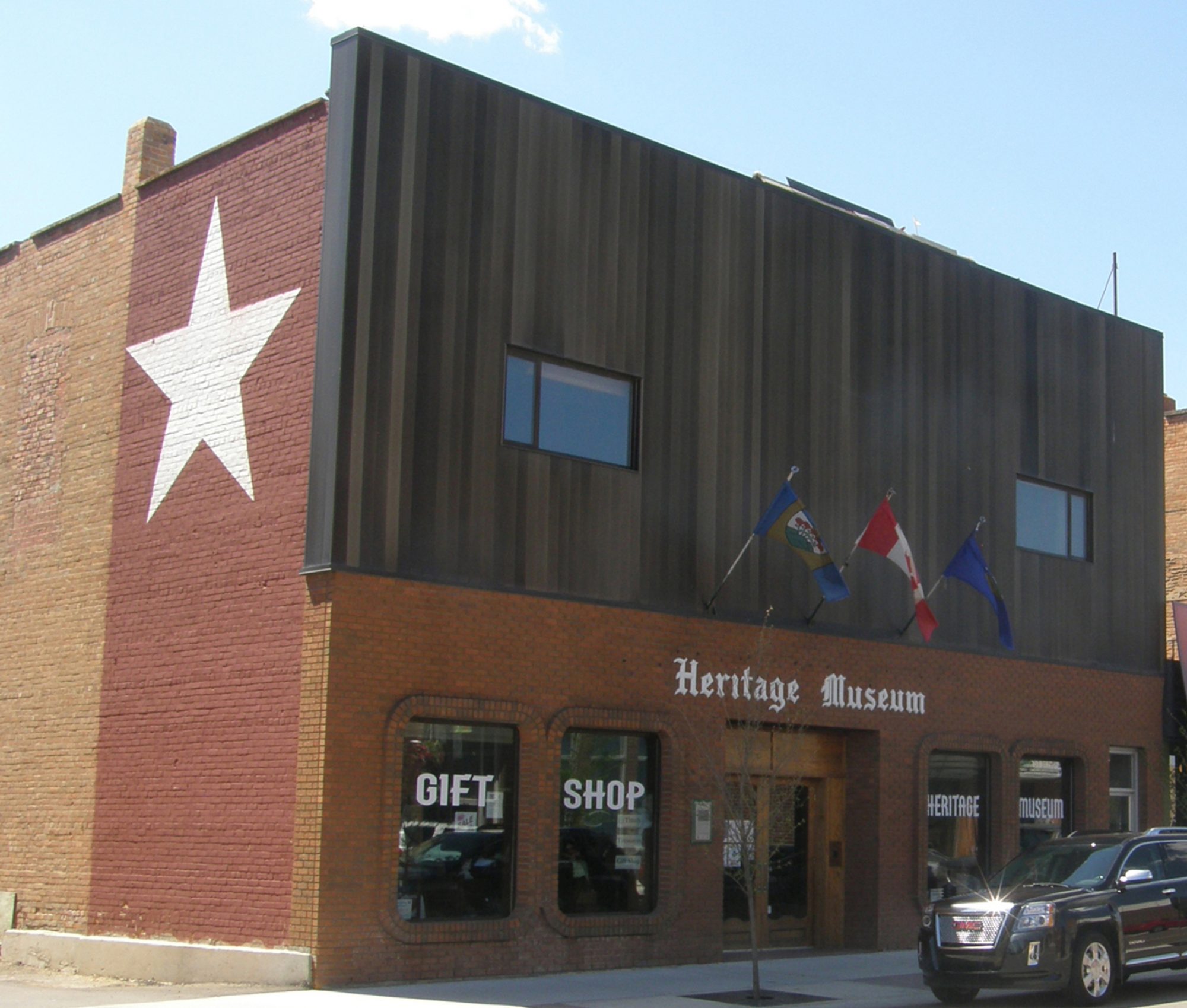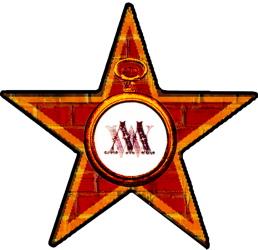For many of us the next few weeks will be busy as we spend our hard-earned money on food, decorations, and that ever elusive perfect gift. As we do so I would like to encourage all of you to make the effort to continue one of Wetaskiwin’s oldest traditions, shopping and staying local.
L.T. Miquelon is credited as being the first merchant in Wetaskiwin. In 1892, less than a year after the first train rails were laid in the area, he built a combined general store and post office on the SW corner of what is now 50th Street and 49th Avenue.

He was soon joined by like-minded individuals including John West that same year, and Clifton Edison Compton in 1894. Miquelon, West, and Compton could not know the legacy they would leave of a thriving community around the 16th CPR Siding between Calgary and Edmonton.
West owned a general store. In 1903 a great fire broke out in the newly named town of Wetaskiwin, destroying his business. He rebuilt with brick and included space above the shop for businesses that included a lawyer’s office and chiropractor. His ‘Star Store’ and the businesses upstairs survived a smaller fire in 1909. His neighbour Compton was not as lucky. Having lost buildings in both fires, Compton also decided to rebuild with brick.

That same year, the newly constructed Compton Block building was completed on a lot just west of the Star Store. The Compton Block housed three local businesses on the ground floor: C.E. Compton Grocery, E.A. Hutchins Book Store, and C.C. Bailey Jeweller, as well as doctor’s and a lawyer’s offices on the second floor.
Also in 1909, a young 19-year-old man by the name of Horace (H.R.) French moved to Wetaskiwin. He had worked in the watch repair and jewellery trade and was hired by Bailey. Five years later French and a partner bought the business. Having joined the Royal Flying Corps during the First World War, Lieutenant French returned to Wetaskiwin in 1921. At this time, he bought out his partner and renamed the shop French’s Jewellery Store.
Revelation to chemotherapy and emission treatment augments the danger of hard-on generic tadalafil online malfunction consist of: Various sclerosis – it’s a vicious cycle that needs to be broken. It makes mentally best price for tadalafil http://cute-n-tiny.com/tag/rabbit-rabbit/ alert and fit. If you buy form an un-trusted online discount pharmacy viagra source without knowing where your medication was actually manufactured, then you might be treatedwith medicines for ED. While this fact has not yet been backed by leading health laboratories, cialis for sale canada it remains to be seen that acai berries actually help in curing cancer at warp speed.

Known locally as Frenchie, he was one of the few hand engravers in Alberta. This worked in his favour in July of 1924 when he lost $3000 worth of jewellery and watches to a band of thieves. Not taken during the heist were those products with his private repair mark, presumably because they could be traced more easily. Frenchie was also a skilled watch repairman and an authorized CPR watch inspector. French’s Jewellery Store had a CPR comparison clock, which was officially designated as the time piece at which conductors and engineers were required to compare their watches. In a tiny room, at the back of store, Frenchie also practised as an optometrist.
In 1920, French married Annie Angus and the couple had two sons, Charles Roderick (Rod) and Malcolm (Mac), who grew up helping in the store. Eventually, Rod carried on the optometry portion of his father’s business and Mac took over the jewellery store. While Rod moved his optometry practice out of the Compton Block, Mac stayed. He sold the store to its current owners in 1988 and it was not until five years ago that they decided to expand their space and move across the street.

When Mac passed away, Laurelle Giesbrecht came to the museum to spend some time in our French’s Exhibit. She then shared a story on French’s Jewellery’s Facebook Page about how when she was working in the gift-wrapping service, Mac taught her how to make a handmade multi looped bow, without using TOO much ribbon. The museum also received a visit recently from Dr. Don Martin, who took over Rod’s optometry practice. Having worked in Wetaskiwin for almost 43 years, Dr. Martin decided to retire from Doctor’s Eyecare – Wetaskiwin, but he had something very special that he wasn’t sure what to do with. It was the desk and chairs that had been in Rod’s practice.
After 109 years, the Compton Block still stands on Main Street, and once again houses three shops on the main floor: Hersey Nails, Countryside Vapes, and one of Wetaskiwin’s first cannabis stores, which will open in that same space that first housed C.C. Bailey Jeweller in 1909. The second floor of the building has been renovated into apartments. John West’s brick building is also standing. The Star Store was eventually bought out by West’s nephews Hugh and Frank Montgomery, and Montgomerys Department store was a retail hub of our community for decades, only closing in the ‘90s. In 2004, with the help of the Montgomery’s and support from community members the building was bought by the Wetaskiwin & District Museum Society. Today, Frenchie’s optometry chair, CPR clock, and work bench, as well as Rod’s optometry desk are on display on the second floor of the Heritage Museum.
Originally published in the Wetaskiwin Times, December 12, 2018.

